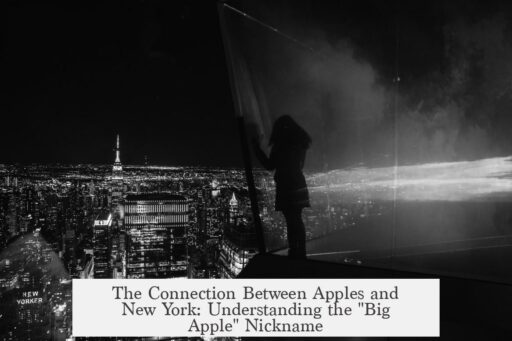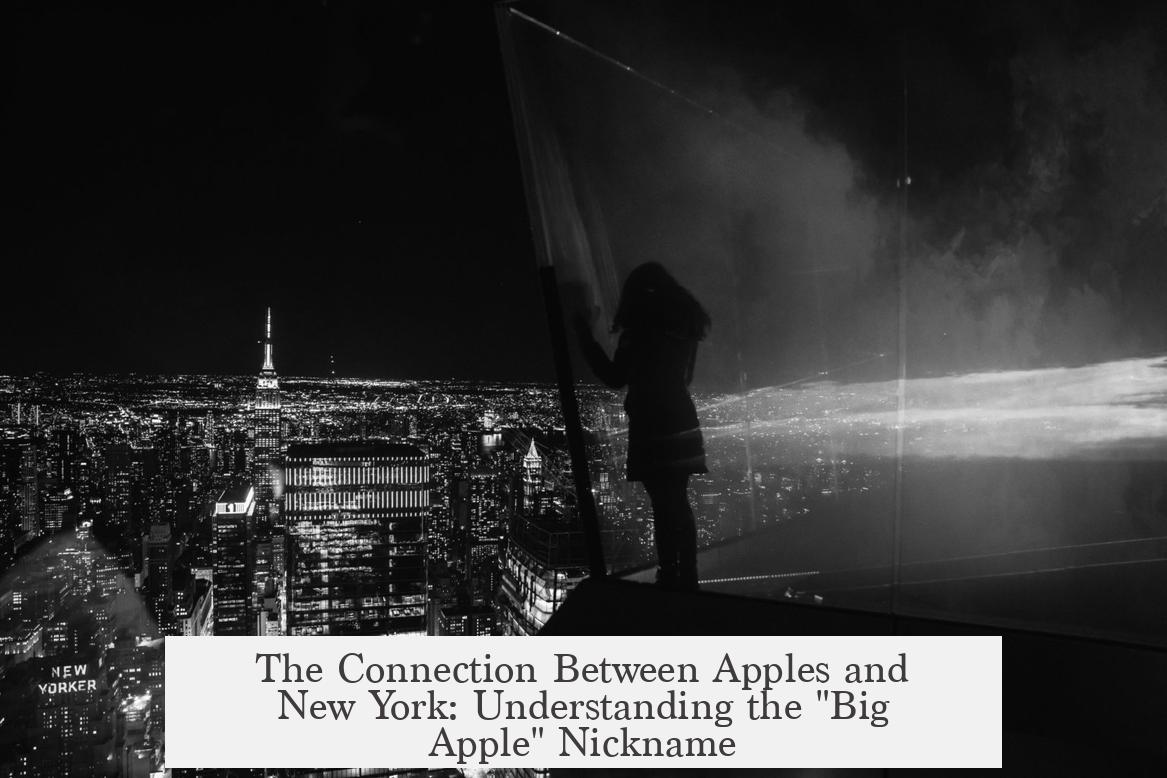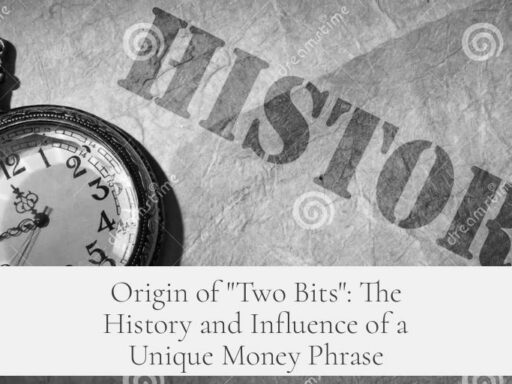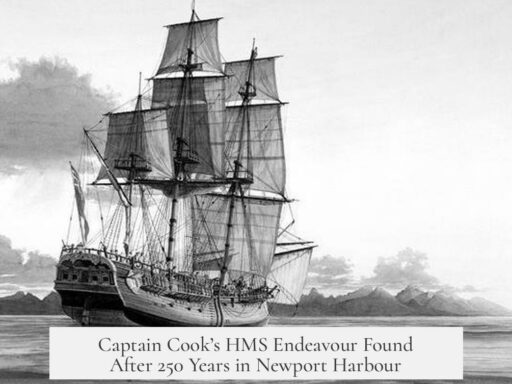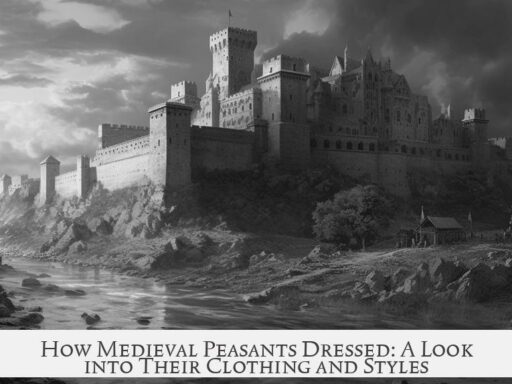Apples were so special to New Orleans stablehands that they dubbed New York “the big apple” because apples signified the ultimate prize in horseracing—the largest, most rewarding venue. The phrase symbolized New York as the top goal for horsemen pursuing success and fortune.
The origin traces back to New Orleans stablehands. They used “the big apple” to describe New York’s horseracing circuit, which represented the pinnacle of the sport. This usage connects to horses’ fondness for apples and the broader idea of apples as a symbol of richness and reward.
Sports columnist John J. Fitz Gerald popularized the phrase in the 1920s through the New York Morning Telegraph. His first known use appeared on May 3, 1921. Fitz Gerald explained the nickname in a 1924 column:
“The Big Apple. The dream of every lad that ever threw a leg over a thoroughbred and the goal of all horsemen. There’s only one Big Apple. That’s New York.”
This quote highlights the metaphorical meaning. “The big apple” equated to “the big time,” where success, fame, and money awaited in horseracing. Thus, apples symbolized opportunity and reward.
Barry Popik, an etymologist who researched the phrase, notes apples are traditionally seen as “the mythical king of fruit.” Horses love apples, making the metaphor fitting. While the precise logic behind choosing “apple” over other fruits is unclear, it follows a common pattern of food metaphor idioms, such as “big cheese,” or “top banana.” These phrases randomly select familiar foods to emphasize status or importance.
The horseracing context deepened the phrase’s meaning. New York’s renowned racetracks formed the “Big Apple circuit,” the top tier compared to lesser venues nicknamed “leaky roof circuit” or “bull ring.” The original five tracks were Aqueduct Racetrack, Belmont Park, Empire City Race Track (now Yonkers Raceway), Jamaica Race Course (closed in 1959), and Saratoga Race Course. In contrast, smaller tracks offered fewer rewards, so New York stood out as the prime location—the “big apple.”
The phrase’s culinary analogy aligns with other idioms depicting power or prominence:
- Big cheese
- Big kahuna
- Big enchilada
- Top banana
- Big wig
- Big wheel
- Top dog
- Head honcho
Choosing food as an expression is a cultural habit to mark significance or dominance.
By the 1930s, “the big apple” extended beyond horseracing to general references for New York, especially within jazz music circles. Over the following decades, the nickname grew in popularity and adoption throughout the city and the nation.
In the 1960s and 1970s, New York City officially embraced “the big apple” as a tourism brand. The 1966 NBC documentary titled The Big Apple: Destination New York spotlighted the name. In 1971, Charles Gillett, president of the New York Convention and Visitors Bureau, launched an advertising campaign passing the term into mainstream use. The New York Daily News produced “big apple” t-shirts in 1975, followed by print promotions like “I’m crazy about the Big Apple” from 1976 onward.
The legacy of the phrase persists today. Apples still symbolize New York’s stature as a city of opportunity, achievement, and grandeur. The nickname stems from a specific cultural moment tied to horseracing but grew far beyond it.
| Aspect | Details |
|---|---|
| Origin | New Orleans stablehands’ reference to New York’s horseracing circuit |
| Popularizer | John J. Fitz Gerald, New York Morning Telegraph, 1920s |
| Symbolism | Apples = big reward, ultimate goal, “king of fruit” |
| Horseracing circuit | New York’s top five tracks collectively called the “Big Apple circuit” |
| Similar idioms | Big cheese, big kahuna, top banana, big enchilada |
| Cultural uptake | Jazz music, 1960s-70s tourism campaigns |
- New Orleans stablehands first used “the big apple” to denote New York’s premier horseracing scene.
- Apples symbolized the highest prize, reflecting horses’ fondness and fruit’s mythic status.
- John J. Fitz Gerald popularized the phrase in the 1920s, cementing its connection to success in racing.
- The nickname expanded beyond horseracing to jazz and tourism, becoming a lasting symbol of New York City.
- Food-based idioms using “big” plus a notable food item express prominence; “apple” fitted this cultural style.
Why were apples so special that New Orleans stablehands called New York “the big apple?”
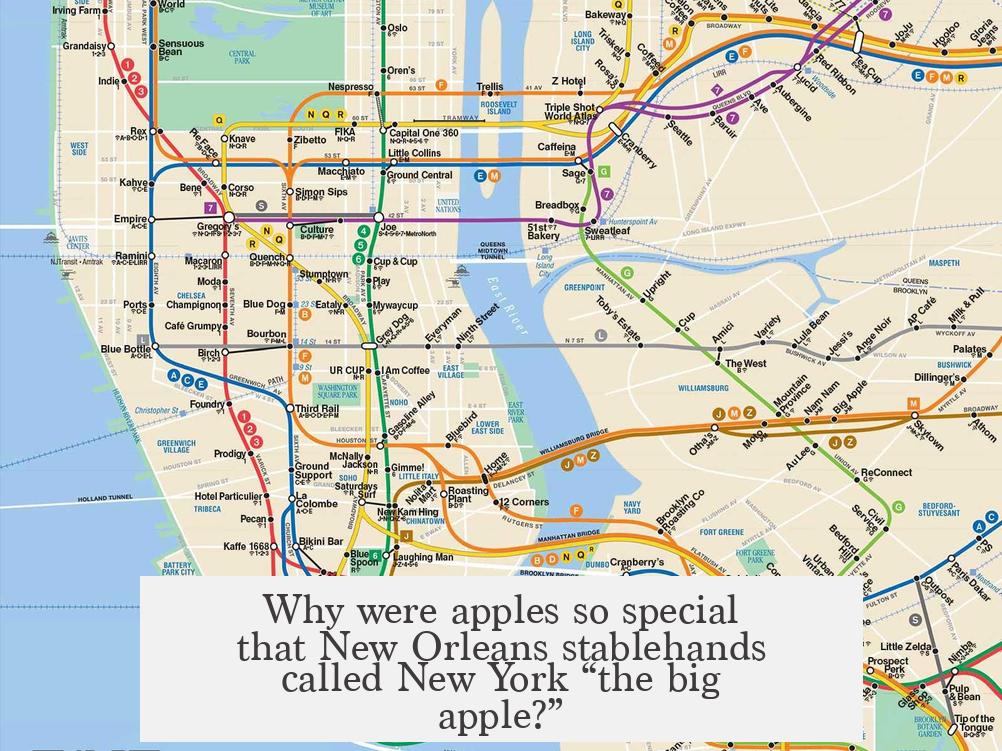
The nickname “the Big Apple” for New York first sprouted from the world of horse racing, where apples symbolized the ultimate prize and the big leagues, making New York the crown jewel. Stablehands from New Orleans used the term to highlight New York’s prominence in horseracing. But how exactly did apples become the star of this story? Let’s dig into the juicy details.
The phrase’s roots trace back to the 1920s, thanks to the diligent work of etymologists Barry Popik and Gerald L. Cohen. They uncovered that New Orleans stablehands actually coined “Big Apple” to describe New York’s prestigious race circuit. This wasn’t just casual slang—it was horsemen talking about the dream and goal of every jockey: riding in New York, the prime spot for big winnings and fame.
Apples and Horseracing: More Than Just a Fruit
Picture a stablehand tossing an apple to a thoroughbred after a hard day’s run. Apples were famously horses’ favorite treat, symbolic of reward and excellence. As Barry Popik explains, the “Big Apple” became a metaphor for “the big time” — the place where the stakes were highest, the pot was the largest, and the spotlight brightest.
Why apples, though? The choice is part practical and part poetic. Apples had a mythical reputation as the “king of fruit,” celebrated and admired just like New York’s racetracks. Although phrases like “big cheese” or “top banana” use random foods symbolically, the apple connected perfectly with horseracing culture. It was the ultimate prize, a rich symbol stablehands could rally behind.
John J. Fitz Gerald, a 1920s sports columnist for the New York Morning Telegraph, helped bring this phrase into the limelight on May 3, 1921. He described New York racing as “The Big Apple” in a 1924 column, saying:
“The Big Apple. The dream of every lad that ever threw a leg over a thoroughbred and the goal of all horsemen. There’s only one Big Apple. That’s New York.”
From Smaller Tracks to the Big Apple Circuit
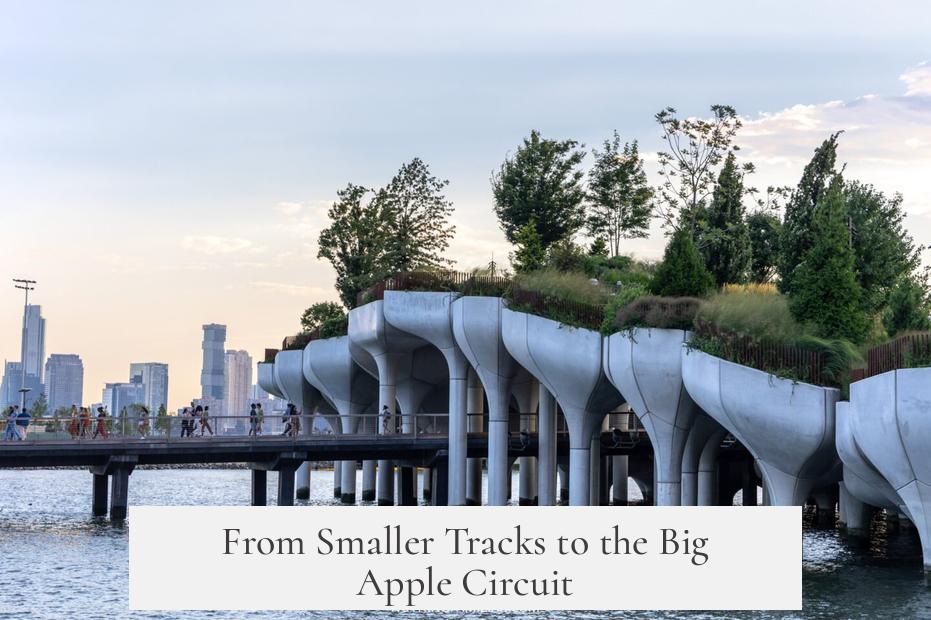
In horse racing’s hierarchy, simplicity counts. Popik highlights how smaller, less prestigious tracks earned names like the “leaky roof circuit” or “bull ring” tracks — charming, but hardly aspirational. The New York circuit, however, was a different beast altogether.
The “Big Apple” circuit referred to the five major New York tracks: Aqueduct Racetrack, Belmont Park, Empire City Race Track (now Yonkers Raceway), Jamaica Race Course (closed in 1959), and Saratoga Race Course. These tracks represented glamour, opportunity, and big rewards—exactly what a stablehand dreamed about.
Digging Deeper: Apples in Language and Culture
The use of “apple” in idioms isn’t unique. English loves food metaphors: “big cheese,” “top banana,” “big enchilada”—each picks a tasty treat to stand in for importance or status. Apples fit neatly in this patchwork, especially due to their long-standing cultural symbolism as fruit of significance and renown.
Choosing “apple” also taps into a vivid image: crisp, desirable, and universally recognized—much like New York itself. Funny how stablehands from New Orleans picked this fruit to express admiration and a bit of envy for the high life in New York.
The Big Apple Goes Jazz, Then Mainstream
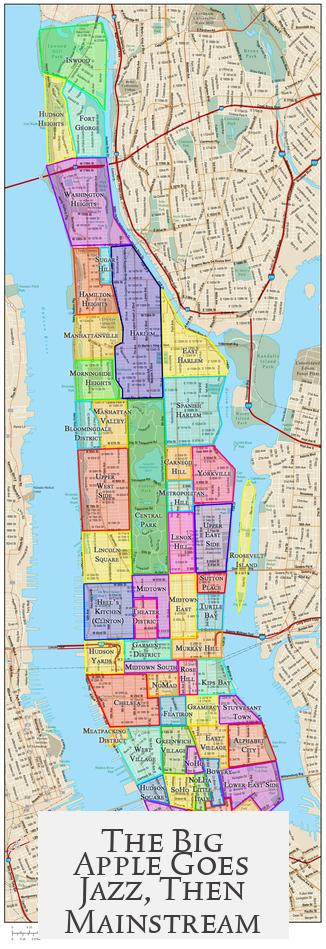
By the 1930s, New York’s jazz scene began calling the city “the Big Apple,” extending the phrase’s reach beyond racetracks. Jazz musicians embraced the term, using it to evoke the city’s vibrant nightlife and cultural allure.
This connection helped popularize the term, which eventually took root in broader culture.
Come the 1960s, “The Big Apple” became official marketing gold. NBC aired a documentary titled The Big Apple: Destination New York in 1966, putting the nickname front and center in public consciousness.
Then in 1971, Charles Gillett, president of the New York Convention and Visitors Bureau, launched a major ad campaign to promote tourism under the “Big Apple” banner. By the mid-1970s, branded T-shirts soared and print ads featuring slogans like “I’m crazy about the Big Apple” became common, sealing the nickname’s status forever.
What Can We Learn from This Fruity Tale?
- Apples in New York’s nickname symbolize more than fruit—they represent high stakes, success, and prominence in the horse racing world.
- The phrase was practical slang among stablehands, showing how niche jargon can grow into cultural landmarks.
- Metaphors using food tap into shared human experiences, making the abstract “big time” tangible and relatable.
- The Big Apple’s journey from stablehands’ lingo to jazz parlance and marketing campaigns highlights the power of storytelling in language.
Have you ever stopped to consider how many urban nicknames began in the most unexpected of places—like horse stables? The next time someone calls New York “the Big Apple,” you’ll know it’s not just about the crunch-and-sweet fruit but a deep history rooted in dreams, thoroughbreds, and a stablehand’s hopeful eye on the city where champions race.
